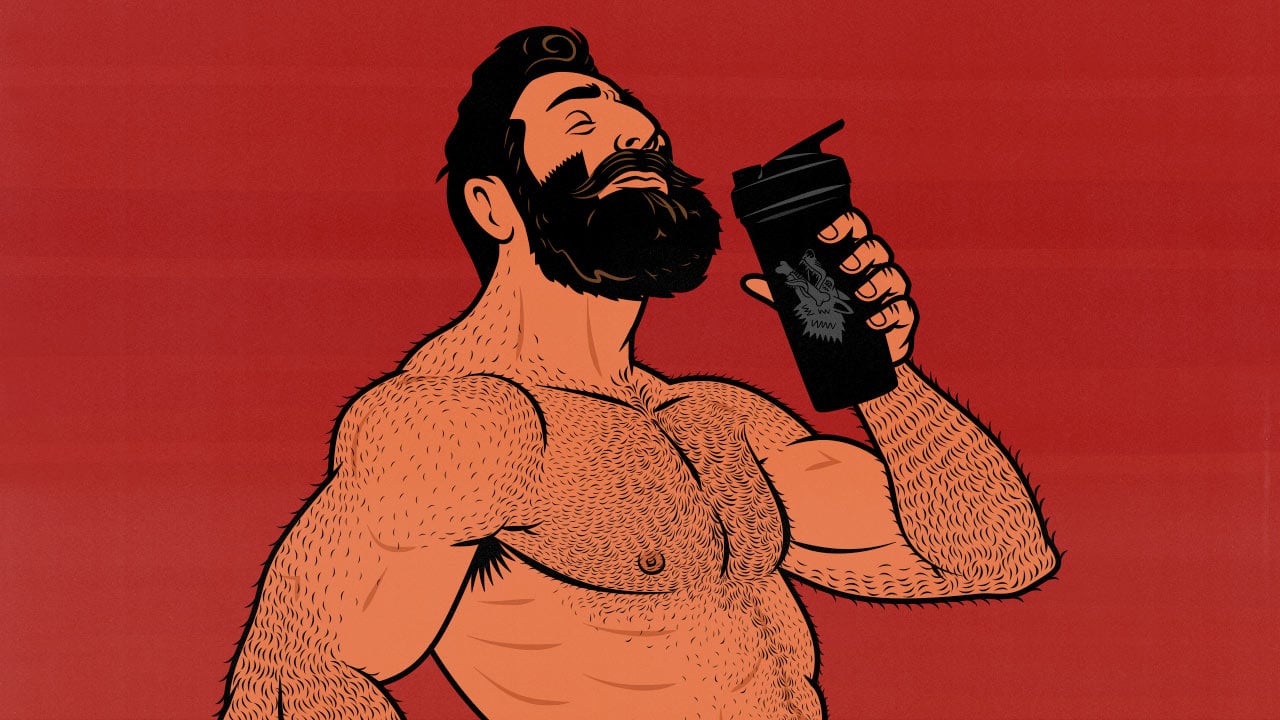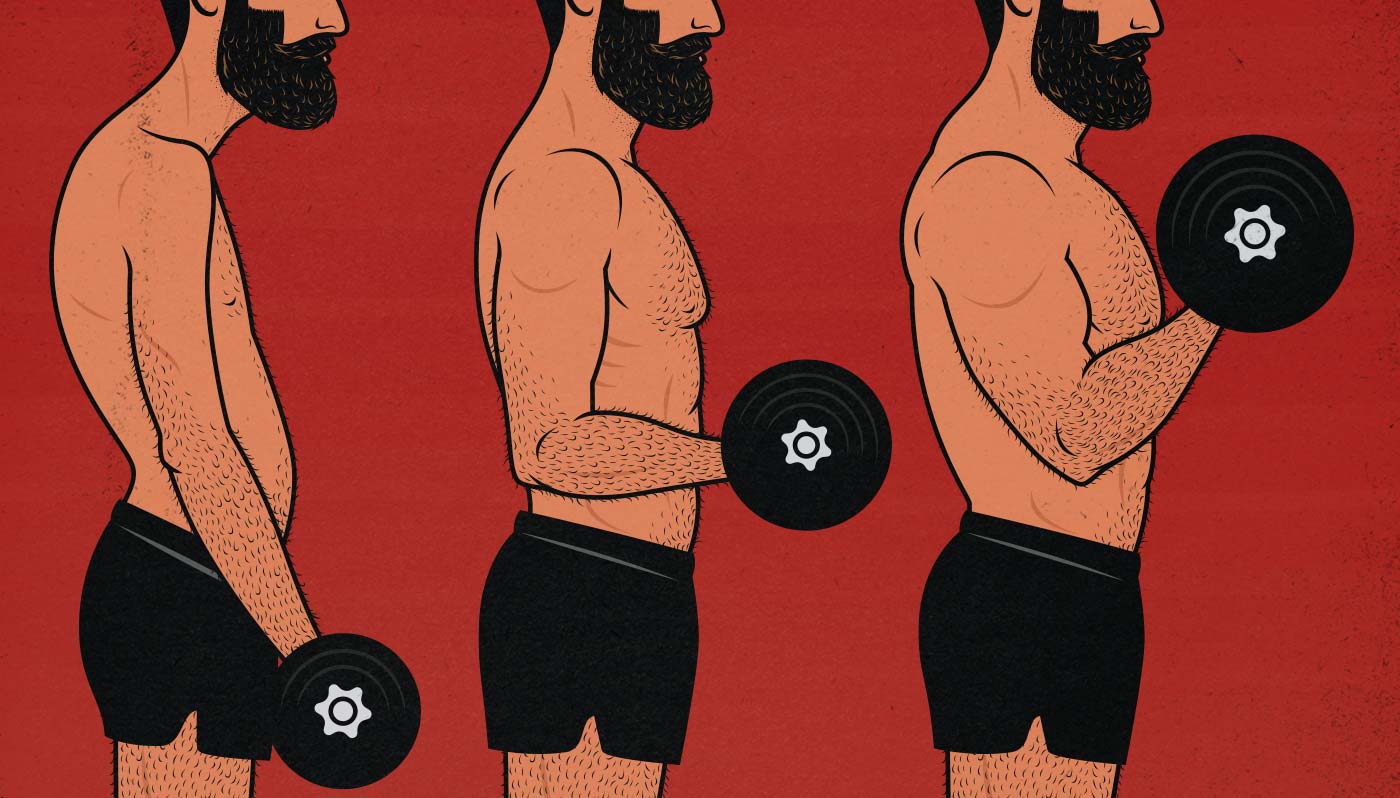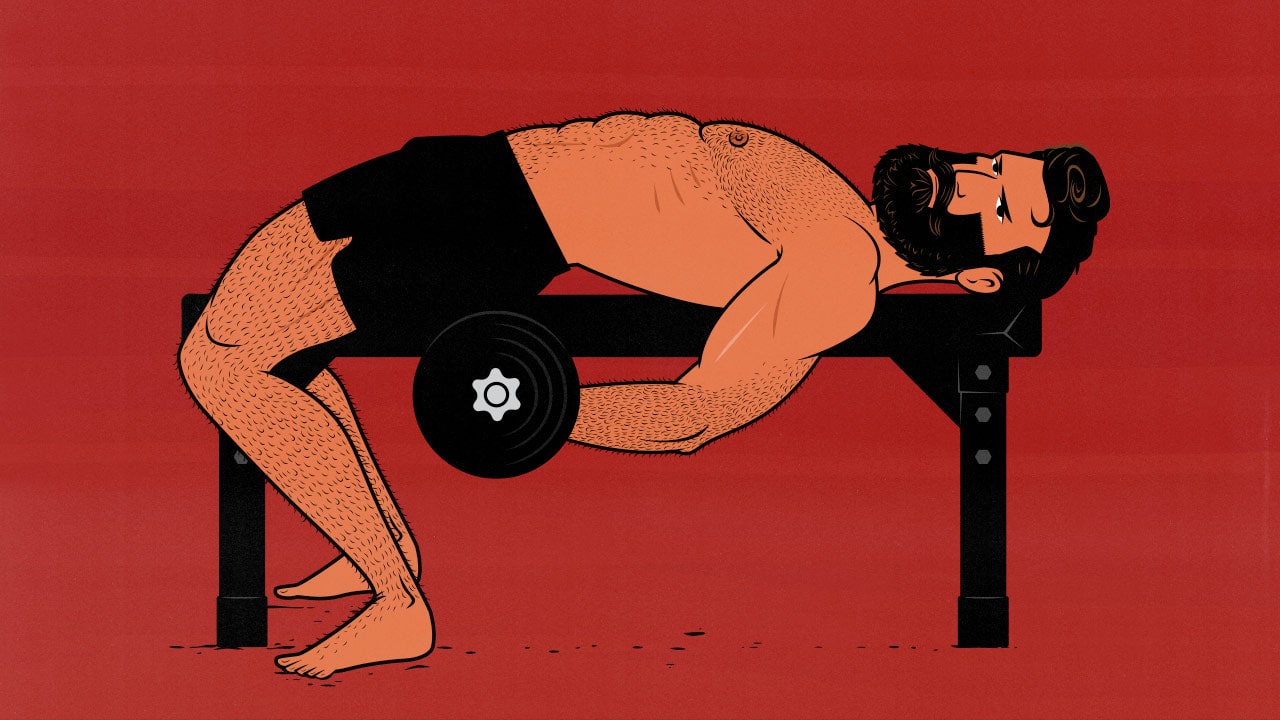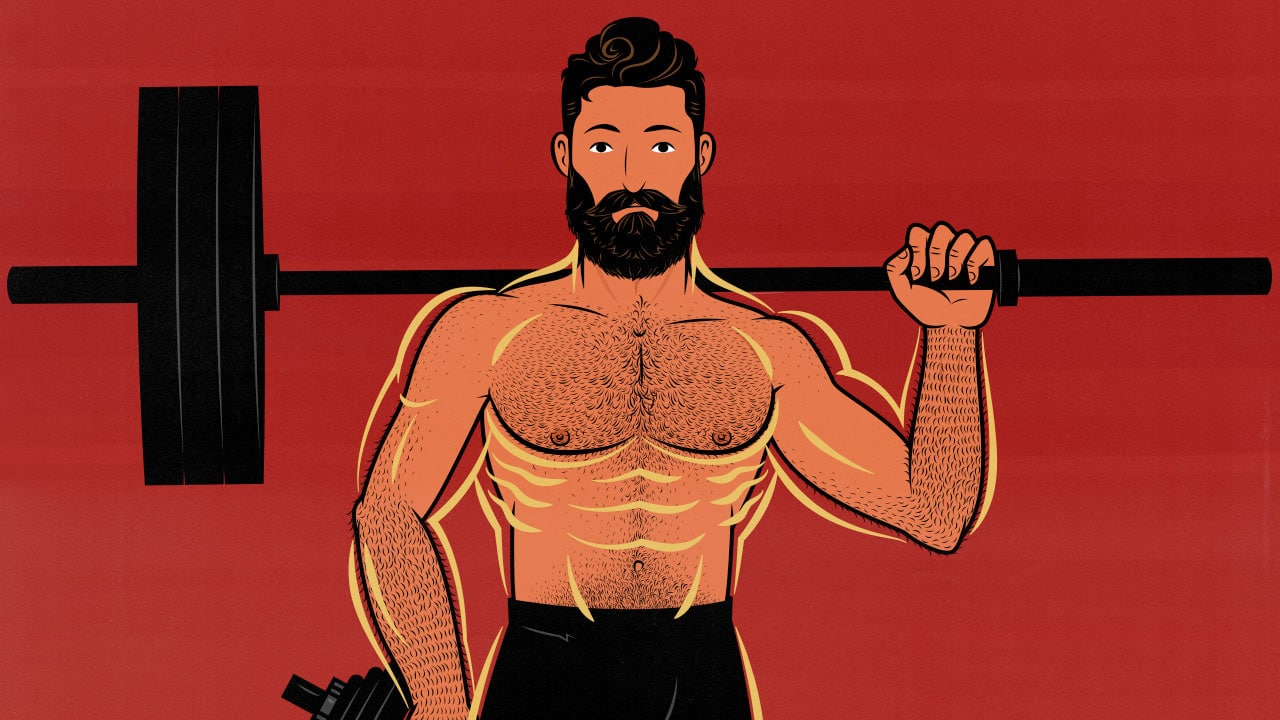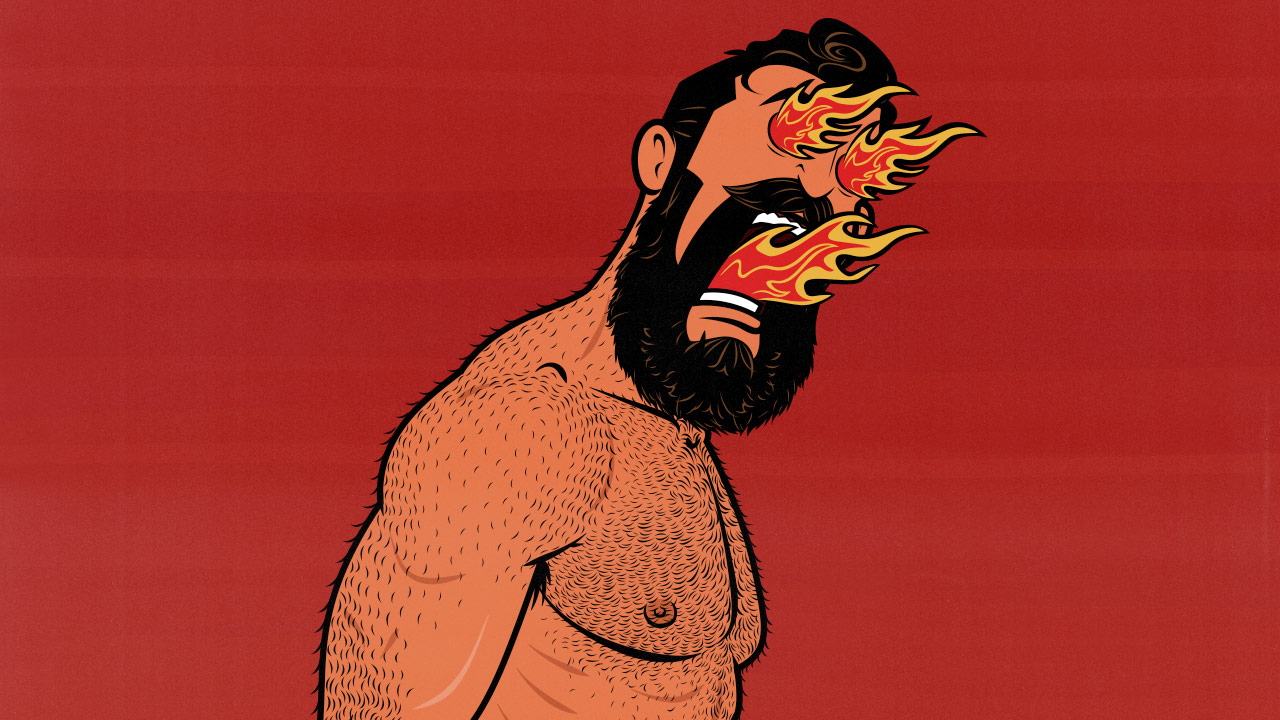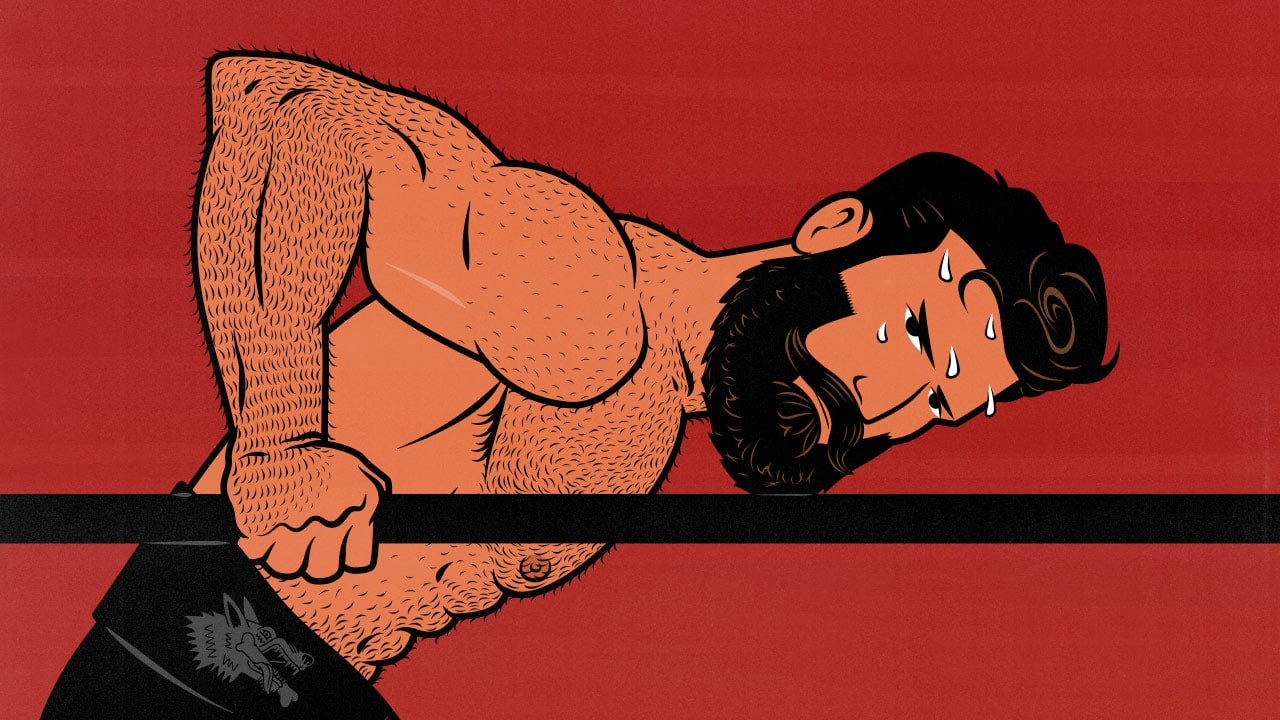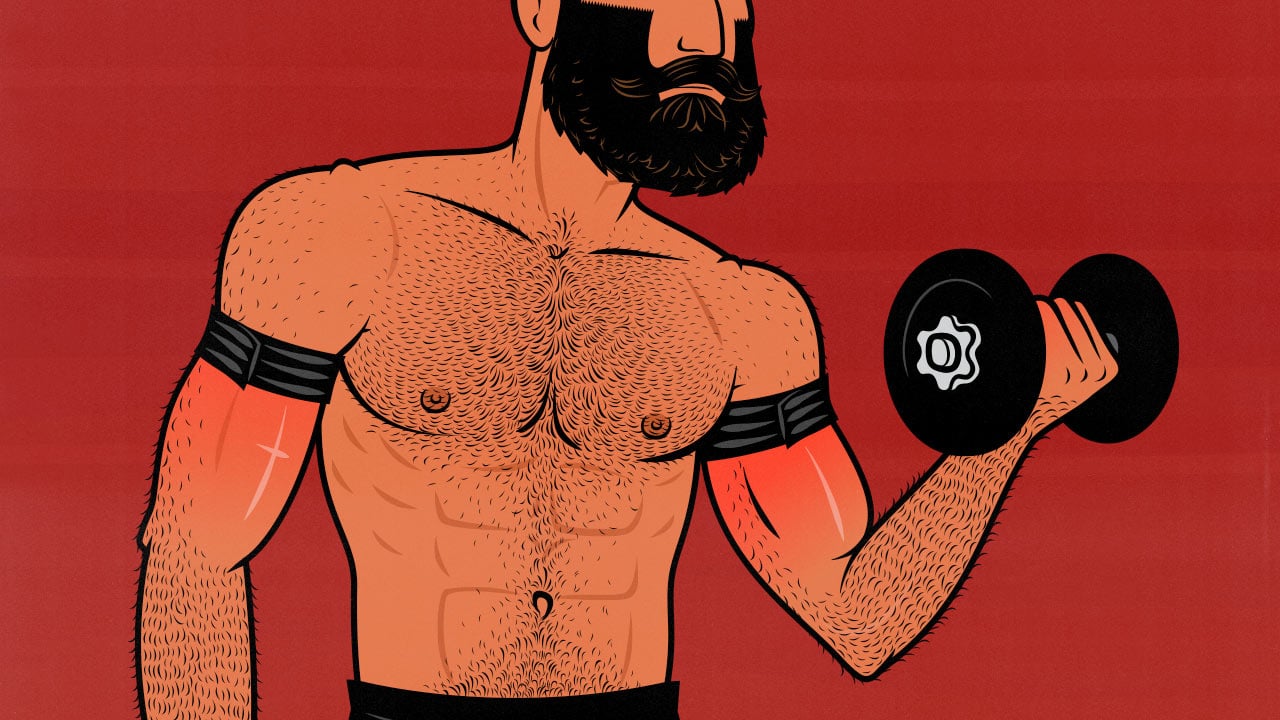Articles
Rep Max Calculator
This calculator uses the Epley formula to estimate your one-rep max (1RM). From there, we can predict your rep maxes, calculating how much weight you can lift for 1–30 reps.
Delve into the detailsDo You Need 1 Gram of Protein Per Pound Per Day?
Most bodybuilders try to eat about 1 gram of protein per pound of body weight per day. Muscle is made out of protein, they say. If you want to maximize your rate of muscle growth, you need to eat plenty of protein.
Do you really need to eat that much protein? What happens if you don’t?
Delve into the detailsThe Hypertrophy Training Guide: How to Lift for Muscle Size
Hypertrophy training is designed specifically for stimulating muscle growth. It’s by far the best style of training for building muscle. Bodybuilders use it to build more aesthetic physiques. Powerlifters use it to build bigger muscles with greater strength potential. When Marco was coaching professional and Olympic athletes, he’d use it to help them gain functional muscle mass.
Hypertrophy training can’t be bent into the shape of any muscle-building goal. You can use it to get bigger, look better, gain strength, improve your athletic performance, or improve your health.
In this guide, we’ll teach you the main principles of building muscle, then how to min-max every variable of your workout routine, including how often to work out, which exercises to focus on, how many reps and sets to do, how hard to train, and how long to rest. By the end, you’ll know exactly how to train for muscle growth.
Delve into the detailsHow to Do Lying Dumbbell Biceps Curls
The lying biceps curl is a variation of the dumbbell curl. The difference is that it works your biceps through a deeper range of motion, challenging your biceps under a greater stretch, thus stimulating more muscle growth.
I’ll teach you how to do them, then explain why they’re so powerful. The research is fascinating. And just wait until you try them. You’ll feel the difference right away.
Delve into the detailsThe Best 4-Day Workout Splits for Building Muscle
4-day workout splits are my favourite for intermediate lifters. 3-day splits are almost always better for beginners, but once you get to an intermediate level, adding a fourth day makes your workouts easier and stimulates more muscle growth.
When Marco was coaching professional and Olympic athletes, he would put them on 4-day splits during their offseason to help them bulk up. These people had the highest-performing bodies in the world, and they would lift 4 days per week.
You’ve got a few options. You could do a bodybuilder’s “Bro Split,” an athlete’s Upper/Lower Split, or you could try a slightly more unusual approach I’ve been using for the past 4 years with clients.
Delve into the detailsThe Best 5-Day Workout Splits for Building Muscle
5-day workout splits can be incredibly good for building muscle if you program them properly. When you’re training this often, it’s easy to beat up your hands, tire out your back, or accumulate nagging aches. Fortunately, there are simple methods for avoiding all those problems, which we’ll delve into in a moment.
My two favourite 5-day workout splits are the Bro Split and the Outlift Split. Both are similarly good for building muscle, but I have a soft spot for the Outlift split. We’ll break down both splits in detail.
Delve into the detailsHow Many Calories Does Walking Burn? (Calorie Calculator)
Most people burn about 100 calories per mile that they walk or run (study). This calculator can do a little better by factoring in your body weight. All we need to know is how much you weigh and how much you’re walking.
Delve into the detailsWhat Muscles Do Dips Work?
Dips are an underrated exercise, and there’s some fascinating research to cover. They’re one of the best exercises for building muscle in your chest and shoulders—arguably even better than push-ups and bench presses.
I’ve been doing dips for over a decade, and I credit them for helping me build a big chest. They also helped me bench 315 pounds, even though I rarely do the bench press.
So, what muscles do dips work? Why are they so powerful?
Delve into the detailsHow to Do Blood Flow Restriction Training (BFR)
Blood Flow Restriction (BFR) Training is a Japanese muscle-building technique that occasionally makes its way into the mainstream. Peter Attia recommends it. NBA and NFL players use it. And you’ll see top bodybuilders and powerlifters swearing by it, too. I’ve been doing it on and off for over a decade, and it’s helped me add over two inches to my arms.
Restricting blood flow sounds strange and dangerous, but it helps you stimulate muscle growth with much lighter weights, making it one of the safer ways to stimulate muscle growth. It also seems to be quite good for our blood vessels. In fact, outside of athletes and bodybuilders, it’s most commonly used in rehab and with older lifters.
The research is promising, too, with the latest meta-analysis showing it can help with muscle and strength gains, at least under some circumstances.
Delve into the detailsThe Anabolic Window: Both Fact & Fiction
The “anabolic window” is an old bodybuilding term. A few years ago, it was pilloried by the evidence-based fitness community, and perhaps rightfully so—the requirements were woefully strict.
As so often happens, the backlash was overly harsh. There’s some merit to the idea of the anabolic window. The truth is that most people can benefit from taking advantage of it. That’s even more true for naturally thinner people.
Delve into the details

